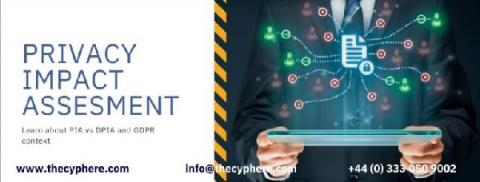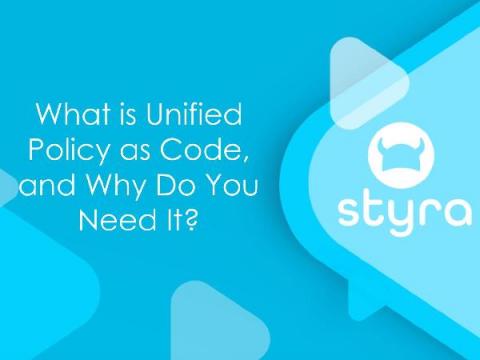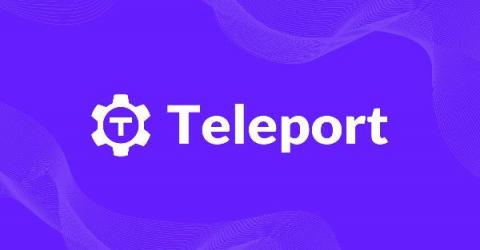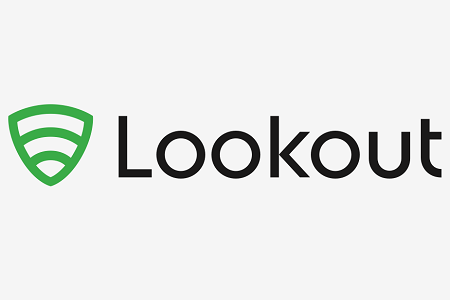Cryptocurrency trading bots: Strengthening Cybersecurity and minimizing risks
A staggering $1.9 billion in cryptocurrency was stolen by criminals in 2020, a recent report by Finaria reveals. Fortunately, despite the growth of the crypto market, crypto crime has decreased by 57% since 2019, dropping to $1.9 billion. The widespread recent implementation of stronger security measures also means crypto-criminals stole 160% more in value in 2019 than in 2020, despite the similar number of crimes.











